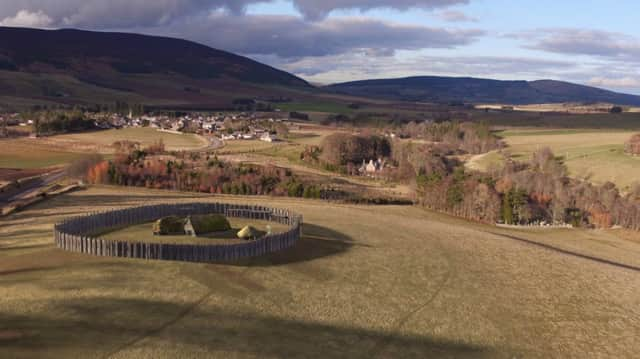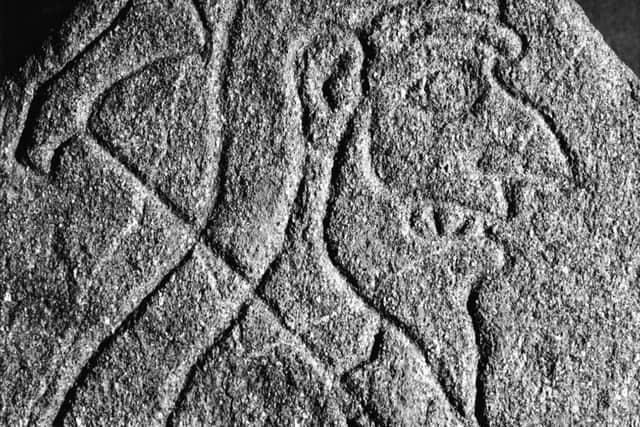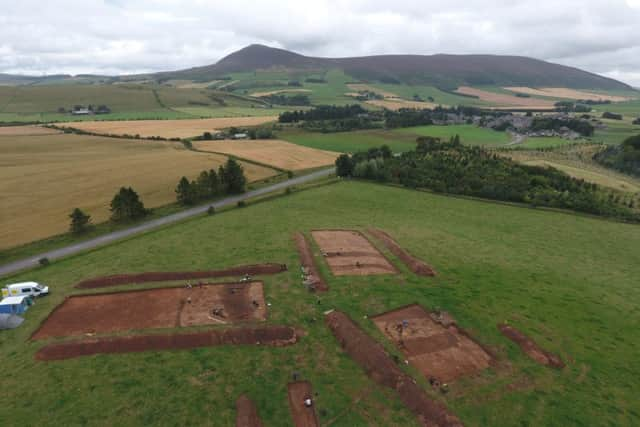Archaeologists return to North East '˜seat of Pictish kings'


The Aberdeen University team has restarted work around Rhynie, Aberdeenshire, following a successful excavation in 2011 and 2012 when evidence of a fortified complex, which dates from the 5th and 6th Century, was found.
Dr Gordon Noble, senior lecturer in archaeology at the university, believes the site was home to a Pictish royal centre given a number of discoveries made.
Advertisement
Hide AdAdvertisement
Hide Ad

Work to further understand elements of burial, cult and ceremony in the area has now begun with a vitrified hillfort overlooking the complex now a focus of the work.
Dr Noble, in an earlier lecture, said: “I want to suggest this was not simply a fortified site - but that this was a landscape of power that both materialised and sustained sacral form of kingship that emerged in Pagan northern Pictland.”
Earlier finds included imported late Roman pottery - typically used to store wine - and shards of beaker glass.
“This is exactly what Kings would have been drinking that fine Mediterranean wine of out of in the 5th and 6th Century AD,” he added.


The significance of Rhynie as a probable power centre was also reinforced by the discovery of a rare set of metalwork tongs - the only find of its type in Scotland - as well as various moulds and crucibles.
Traces of a cemetery for the fortified settlement were also uncovered with the partially preserved remains of an adult female found in the barrows of a burial cairn.
The area is home to a number of important symbol stones from the early Pictish era including Rhynie Man and Craw Stane.
Advertisement
Hide AdAdvertisement
Hide Ad

Dr Noble and his team earlier discovered that Craw Stane was positioned at the entrance way to the inner enclosure of the complex.
Work will now focus on Pictish metal working deposits at the Craw Stane.
The first modern excavations will also be carried out at the dramatic hillfort at the Tap o’ Noth which overlooks the high status complex.
The hillfort covers some 21 hectares making it one of the largest in Scotland. More than 100 house platforms have been discovered here.


The stone rampart which encloses the site has been vitrified in some places with rocks burnt at such high temperatures that they fuse together. The phenomenon is, as yet, unexplained.
The work at Rhynie is part of the broader Northern Picts project which has also discovered a significant portion of a major Pictish silver hoard at Gaulcross in Aberdeenshire.
Sea cliffs have also been scaled to investigate a forgotten Pictish fort at Dunnicaer near Stonehaven.
